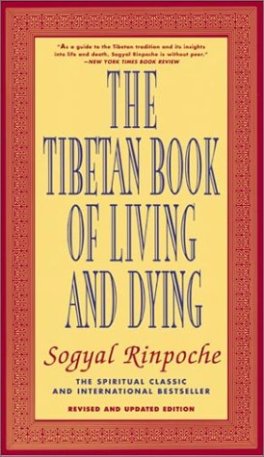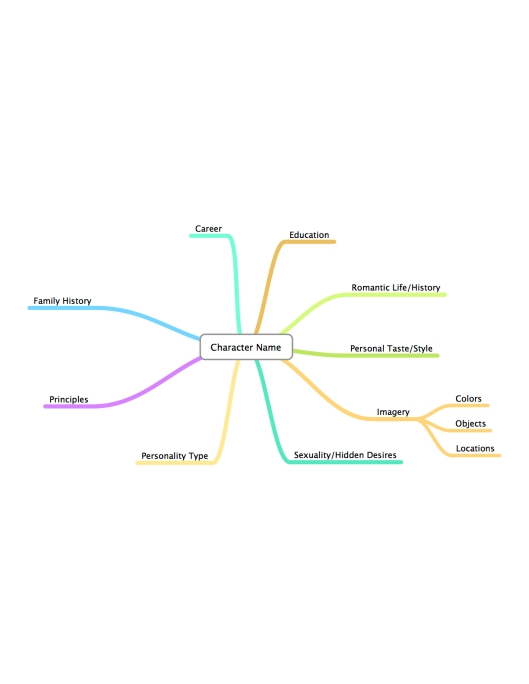Tags
Actor's Access, angel investor, benjamin lutz, Craigslist, fundraising for indie feature, Gay Zombie, hunter lee hughes, john werksey, L.A. Casting, LGBT film, LGBT filmmakers, LGBT movies, Love Patient, Michael Simon, non-union versus union, Philly QFest, streaming, TLA Releasing, VOD, vod vs dvd
At Urth Cafe, I sat down with indie filmmaker Michael Simon, whose first feature film “The Love Patient” was made on a shoestring budget, yet managed to look great and get into several major film festivals, premiering at Philly QFest. In Philadelphia, it sold to TLA Releasing, who distributed the film on DVD earlier this year. The story follows a young man so desperate to reunite with his loving and slightly gullible ex-boyfriend that he pretends to have cancer to manipulate a reunion. Over a big chocolate chip cookie and a decaf vanilla latte, we discussed his process, his advice to new filmmakers and eventually took a shot at the big question, “How the hell do I find an angel investor to fund my feature?”
Hunter: Okay, so what are the big tips you can give indie filmmakers about getting their projects off the ground?
Michael: First off, you need to decide whether you are going to go union or non-union. Going non-union saves a shitload. With a union shoot, you’ll pay $160 a day for your actors because of all the health stuff that’s added in. And you’ll have to take care of a lot of paperwork. So we decided to go non-union, although my actors did sign deferred pay agreements which I hope to honor. BUT, it’s very important to run your set like it’s a union show even if you are non-union. The crew looks at their watches like it’s a union show, so you build respect for them if you always break for meals on time and provide a second meal, if necessary. Give them good food – pizza is great, but it should be used for the second meal only. Have enough beverages on set and lots of water. We only went 14 hours one day. It builds respect and trust.
The next thing is location. And your budget. I will write scripts centered around locations I can get for free. How were we able to make “Love Patient [LP]” so cheap? I think about things like, ‘What’s it going to cost to have people park? How far is it from town? How much effort is it gonna be for people to get there?’ On LP, we spent ZERO on locations for the entire film. We also spent zero on rentals, zero on hair, make-up and wardrobe. We didn’t spend one dollar for parking. I took into account when interviewing DP’s what equipment they owned and could bring to the table. Did they own a tripod or have a whole garage filled with equipment? With the Canon 5d & 7d, we should all be able to make inexpensive films that look great.
Hunter: Many people would put your film in the LGBT category. Any advice for other filmmakers working in that genre?
Michael: The audience has to relate to your material. Personally, I’ll shoot myself if I see another film about internet dating, but people relate to it. Don’t underestimate the importance of VOD and streaming. There is more VOD and streaming going on than DVD. I’m surprised DVD is still around as much as it is. Your cover art is very important. We had a happy accident to get our cover image. The DP was taking some shots to prep for a shot looking down at our leads in a hospital bed and it ended up being perfect for the cover. The distributor is selling LP as a sexy gay rom-com, which it really isn’t. But the cover art conveys that. Also, LGBT films need to be aware of post sound. I’ve always mixed my films in 5.1. But for LGBT films, do you really need to spend money on 5.1? Usually Stereo LtRt should suffice. What’s the priority on budget for sound? Also, take care of as much yourself as possible. The more you do, the less the distributor can charge you with. Do your own Dialogue Lists so you don’t get a charge from the distributor against your revenue.
Hunter: A lot of directors might be afraid they wouldn’t find the right actors going non-union. What was your process finding the actors?
Michael: Believe it or not, I found my actors through postings on Craigslist, Actor’s Access and L.A. Casting. I was surprised by how many people I found through Craigslist, but most came through Actor’s Access. I ended up with two leads who’d both just done another film together (“Bite Marks”).
Hunter: Ben [Lutz] has one of those faces that you just look at him and he makes you smile. He just naturally looks like he’s a comedic leading man. That’s a nice find, especially considering you’re dealing with a pool of non-union talent.
Michael: He said to me, “You’re so stubborn about casting.” And it’s true. I won’t cast a role if I don’t find the right person. I have a crazy, insane system for callbacks. Everybody shows up together and I warn them the process is gonna last like three or four hours. I mix and match. Pair everyone up and then pair them up with someone else. The day of callbacks, my brain was going crazy. I almost fainted. Half of my brain was pairing actors. The other half was watching actors. The third half was wondering if everyone had their scripts and knew what was going on. Everyone was prepared though and it was a great experience. Ben later said to me that the process was like a master class because they could see each other read and learn from it.
Hunter: Okay, here’s the big question that all indie filmmakers want to know. How do you find an angel investor to fund your feature?
Michael: Honestly, it’s just chance.
Hunter: I don’t believe that. You had to have done something right.
Michael: What I did do was prove myself to my investor. First we made a short film together. The very first short I did, she was working craft services. Then, she got promoted to executive producer. What sold she and her husband was that when we did “Gay Zombie” and it got more expensive than expected, I put in my own money. You have to sense your investor’s cap. Don’t take advantage of your investors.
Hunter: Right. You created an environment where they weren’t the only ones risking when the going got tough. You were responsible, too.
Michael: Yeah. And if someone’s gonna give you money, you need to keep track of every single penny you spend. If you spend 10K of their money on a short, you give them 10K worth of receipts. That’s why they funded my feature because I gave them receipts for every penny we spent on “Gay Zombie.” If they give you 10K and you can only account for 8K, that is just not good enough.
Hunter: See, I knew you did something right. So when you’re not making movies, what types of movies do you like to watch?
Michael: Really, really funny comedies. “Meet the Parents.” “Knocked Up.” All the Judd Apatow movies. I’m on that bandwagon. I’m a big fan of Jason Segal and “Forgetting Sarah Marshall.” Loved it, loved it, loved it. I also love thrillers like “Tell No One.” I’d recommend it to anyone.
Big thanks for Michael to taking some time along to pass along some tips to indie directors who have yet to complete their first feature!!!! 🙂 
—
Hunter Lee Hughes is a filmmaker living and working in Los Angeles and the founder of Fatelink. His current feature film Guys Reading Poems is touring film festivals and this blog is dedicated to the process of making his second feature film, “Inside-Out, Outside-In.” If you enjoy the blog, please support our team by following us on Facebook, Twitter (@Fatelink) or Instagram (@Fatelink).




